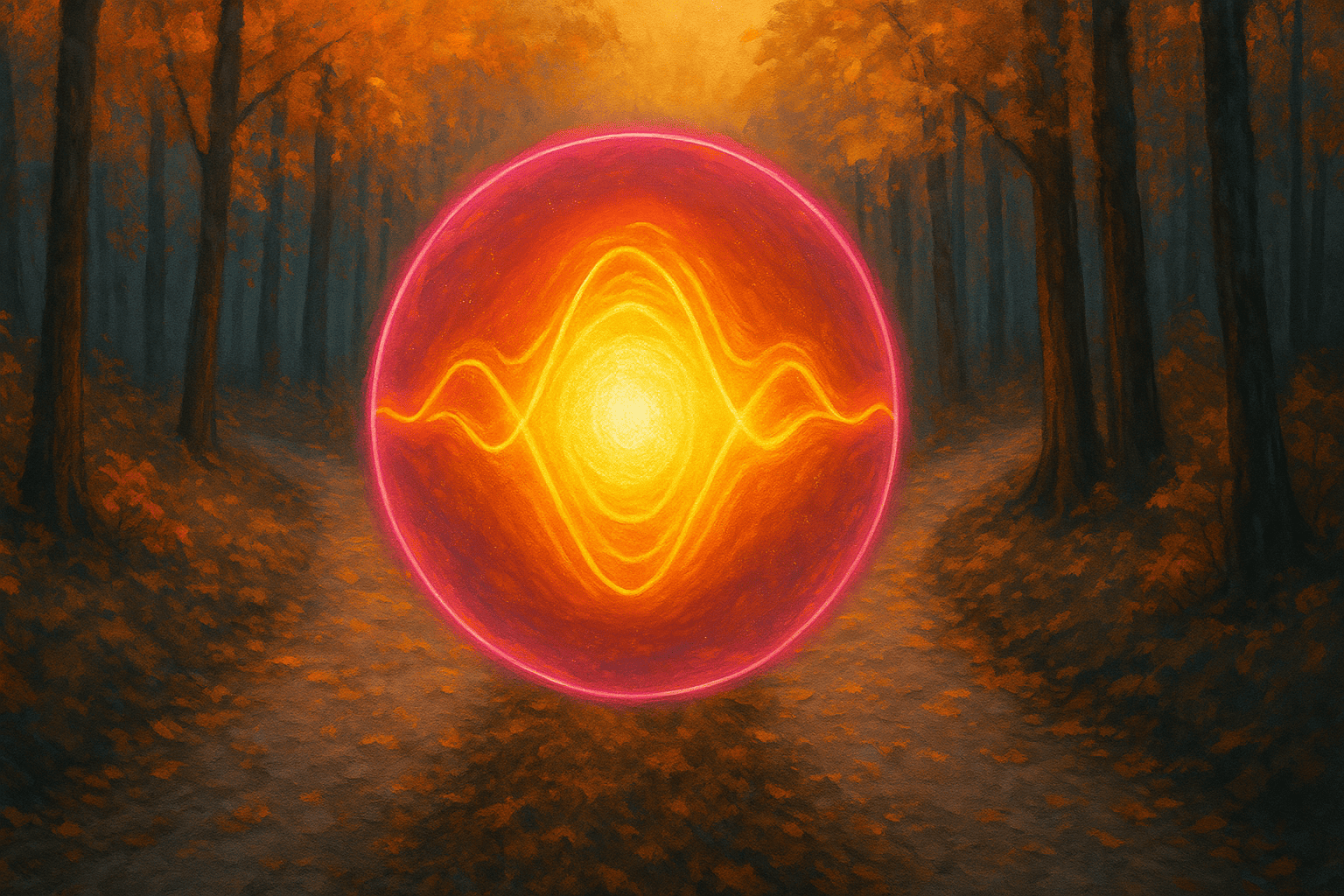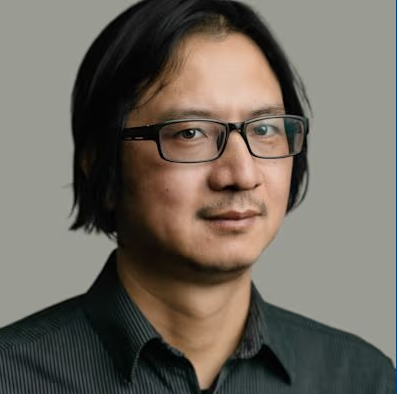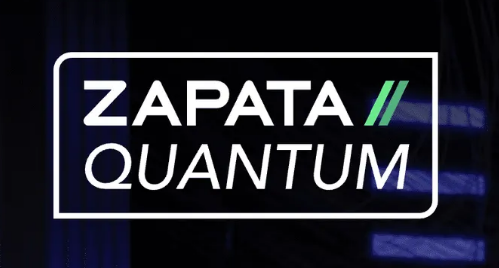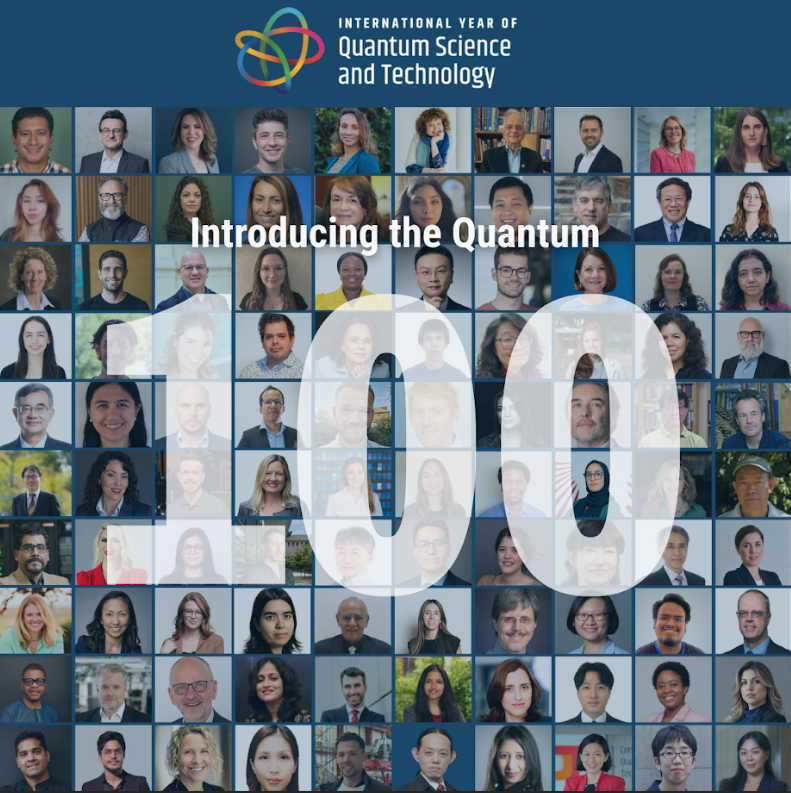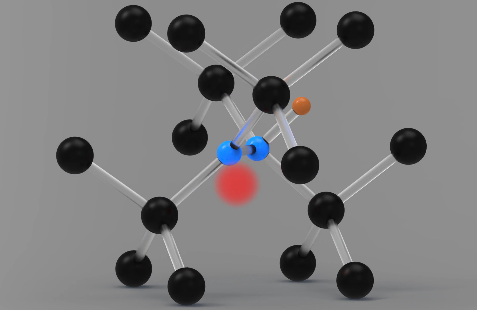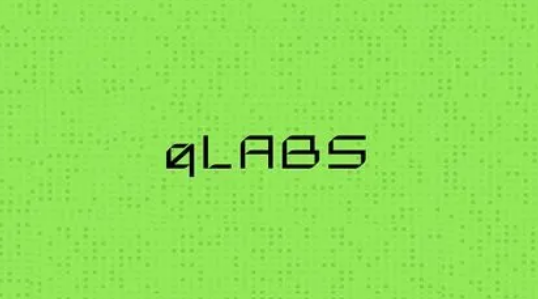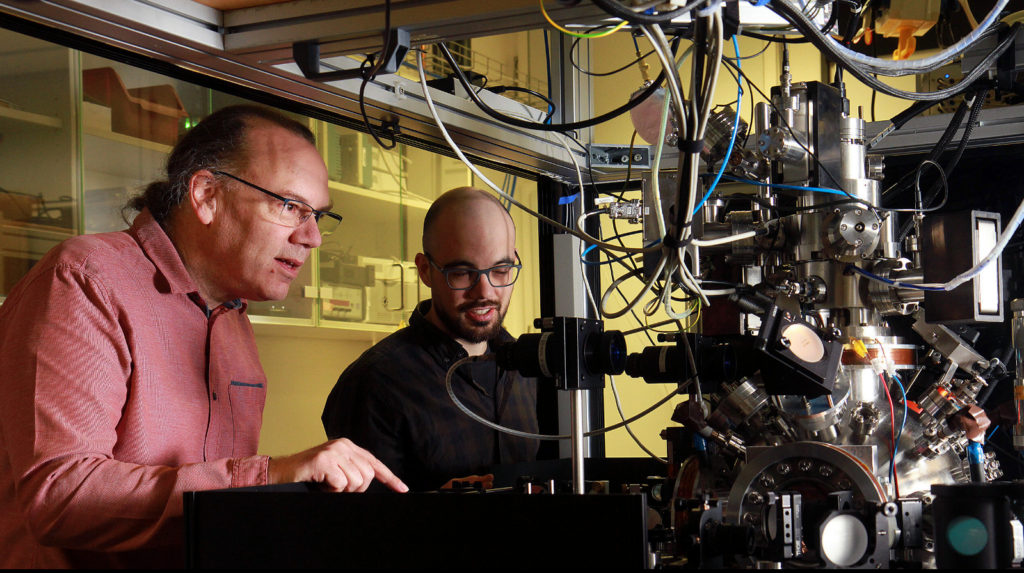Insider Brief
- A new study uses quantum field theory to show that the electromagnetic field of a single photon spreads across both paths of a beam splitter, even though the photon is detected in only one.
- The research clarifies that interference effects arise from the wave-like structure of the field, not the particle-like behavior of the photon itself.
- This field-based model offers new insight into quantum optics and may influence how single-photon systems are simulated and interpreted in photonic quantum technologies.
Two roads diverged in a yellow wood, And sorry I could not travel both, the poet lamented.
But not the photon, which seemingly can choose both paths — spreading its field across them, while revealing itself on only one.
Now, in a modern twist on a classic quantum optics experiment, a new study clarifies that the electric field associated with a single photon spreads across both paths of a beam splitter, even though the photon is ultimately detected in only one. Using quantum field theory, physicist Andrea Aiello argues that the wave-like field — not the particle-like photon — is what actually interferes, resolves, and shapes outcomes, offering a sharper lens on the strange duality at the heart of quantum mechanics.

In a study published in The Journal of Optics, physicist Andrea Aiello, senior researcher of the Max Planck Institute for the Science of Light, challenges the widespread but misleading idea that single photons behave like tiny balls choosing one of two exits at a beam splitter. Using quantum field theory, Aiello shows that while a photon can only be detected in one place at a time, the electromagnetic field that describes it spreads out and affects both possible paths, offering a precise mathematical framework to explain how a single quantum of light behaves like a wave and a particle at once.
The work builds on a famous 1986 experiment by Grangier, Roger, and Aspect, who showed that a single photon never fires detectors placed behind both output ports of a beam splitter. That result helped confirm a core idea of quantum mechanics: photons don’t split, even though interference patterns suggest they somehow explore both paths. Traditionally, physicists describe the outcome using superpositions, saying the photon is in a state of being in both output paths until measured.
But Aiello argues this particle-based description leaves out critical insight. Instead of focusing on photons as individual particles hopping from one port to another, his approach builds a theory around the electromagnetic field itself. The result is a model that describes the field’s behavior in space and time—even when only a single photon is involved.
Field vs. Particle View
At the heart of the analysis is a rethinking of how quantum states are represented. Most quantum optics textbooks describe single-photon states using the dangerously spelled Fock states, which are labels for a specific number of photons in particular modes. Aiello instead constructs a wave-based representation, using field eigenstates — which means possible field configurations the photon could be measured in — that correspond to possible configurations of the electric field.
This field-based view doesn’t contradict the particle one, though, it actually supplements it. The photon still arrives at only one detector, consistent with the particle picture. But the electromagnetic field associated with that photon reaches both detectors simultaneously. In this way, the theory reconciles the nonlocal spread of the wave with the local detection of the particle.
According to the study, the shape of the input field — a wave-like envelope describing how the single photon enters the beam splitter — governs what happens at both outputs. That means that even though the photon is detected only once, the field itself leaves a measurable imprint at both detectors.
What the Math Shows
To make this claim precise, Aiello turns to paraxial wave theory — a mathematical framework suitable for light beams moving mostly in one direction — and then applies the formal tools of quantum field theory. The key finding is that the field associated with a single-photon state appears in both arms of the beam splitter output.
The study uses mathematical constructs like Hermite-Gauss modes (common in laser optics) and applies a field quantization process familiar to physicists. Ultimately, this shows that the quantum field exhibits behavior similar to that of a harmonic oscillator, a staple of quantum mechanics. Importantly, Aiello computes the expected electric field amplitudes after a beam splitter and finds that the most probable field configuration at both outputs matches the input field shape, scaled accordingly.
For a photon entering in the simplest beam mode (called TEM00), the model predicts that identical field shapes will emerge on both sides of the beam splitter. While the photon detector will click only once, the underlying field is present at both locations.
Experimental Implications
The theory aligns with past and ongoing experiments involving quantum interference, homodyne detection and single-photon interference setups. It also underscores a point sometimes glossed over in simpler treatments: the electromagnetic field carries physical meaning even for individual quanta of light. For applications in quantum computing and communication, where single photons serve as information carriers, understanding the structure and behavior of their associated fields may become increasingly relevant.
Moreover, the framework offers a rigorous explanation for why certain measurement outcomes—like simultaneous detections at both outputs—are forbidden: the photon number correlation function is always zero for single-photon input. Yet the field correlation function between both outputs is nonzero, capturing the nonlocal character of the field even when the particle does not split.
The Measurement Paradox
A central tension in quantum mechanics is the nature of measurement. Aiello confronts this by clarifying that although a field configuration may be calculated before a measurement, it doesn’t exist in a classical sense until the measurement takes place. In other words, the field representation is a powerful predictive tool, but it does not imply the field exists independently of observation.
This distinction is crucial because if the field configuration were real before measurement, it would suggest the possibility of detecting multiple photons, something explicitly ruled out in the original Grangier experiment. Aiello’s model respects this constraint, reinforcing the idea that quantum measurements don’t just reveal pre-existing properties; they help define them.
Beyond the research contribution, there’s an educational aspect of the work. The researcher suggests that the study is designed to help advanced students navigate the murky borderland between wave and particle pictures. It introduces supplementary materials aimed at demystifying the formalism for graduate-level readers, reinforcing its value as a teaching tool as well as a scientific advance.
By rooting its results in quantum field theory, the paper clarifies decades of confusion around what it means for a single photon to “interfere with itself.” The answer, according to this model, lies not in imagining a photon traveling down two paths at once, but in understanding the field that gives rise to it and how that field, even when carrying just one quantum, spans space.
Looking Forward — And Possible Implications for Quantum Tech
While the study remains firmly theoretical, the findings, if you’ll forgive some speculation, could influence how scientists model and manipulate light in photonic quantum technologies. Quantum computers that rely on photons — especially those using beam splitters and interference to perform logic operations — depend on precise control of single-photon behavior. This work suggests that what really interferes at these junctions isn’t the photon itself, but the structure of its underlying electromagnetic field.
This distinction matters because in many optical quantum circuits, operations hinge on how waveforms overlap, not just how particles are counted. It’s conceivable, then, that a better understanding of the field configurations that drive those overlaps could refine how researchers simulate photonic quantum gates, prepare input states and interpret experimental outcomes. It may also offer new insight into how to design error-tolerant protocols in quantum communication systems, where interference patterns are used to distribute and verify entangled states.
The model could also find relevance in quantum metrology and sensing, where single-photon fields are used to make ultra-precise measurements. By describing the field’s spatial properties more accurately, Aiello’s framework may open new ways to engineer light-matter interactions in systems where classical optics falls short.
For now, these ideas on practical applications remain speculative. But as quantum technologies scale up and require ever finer control of photonic systems, the shift in perspective — from counting particles to shaping fields — may prove to be more than a philosophical footnote.
Future work might extend this analysis to more complex setups, such as entangled photon pairs, multi-photon interference, or field propagation in noisy or nonlinear media. This new approach provides a clean formalism to handle these situations while avoiding metaphysical pitfalls.

